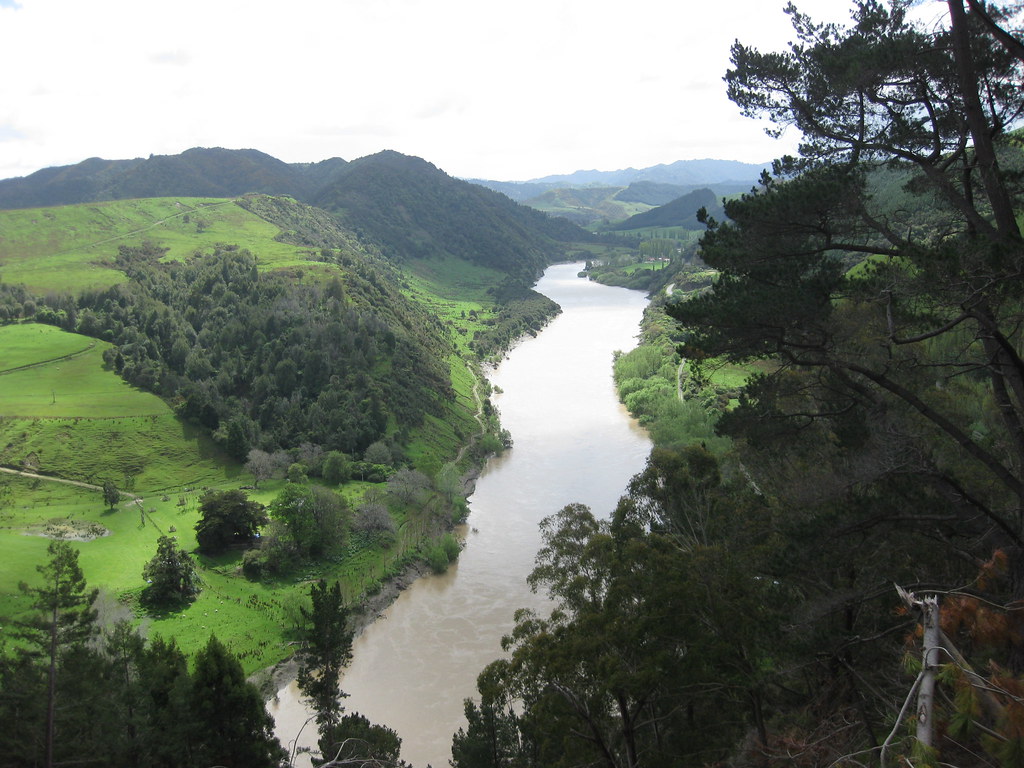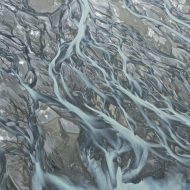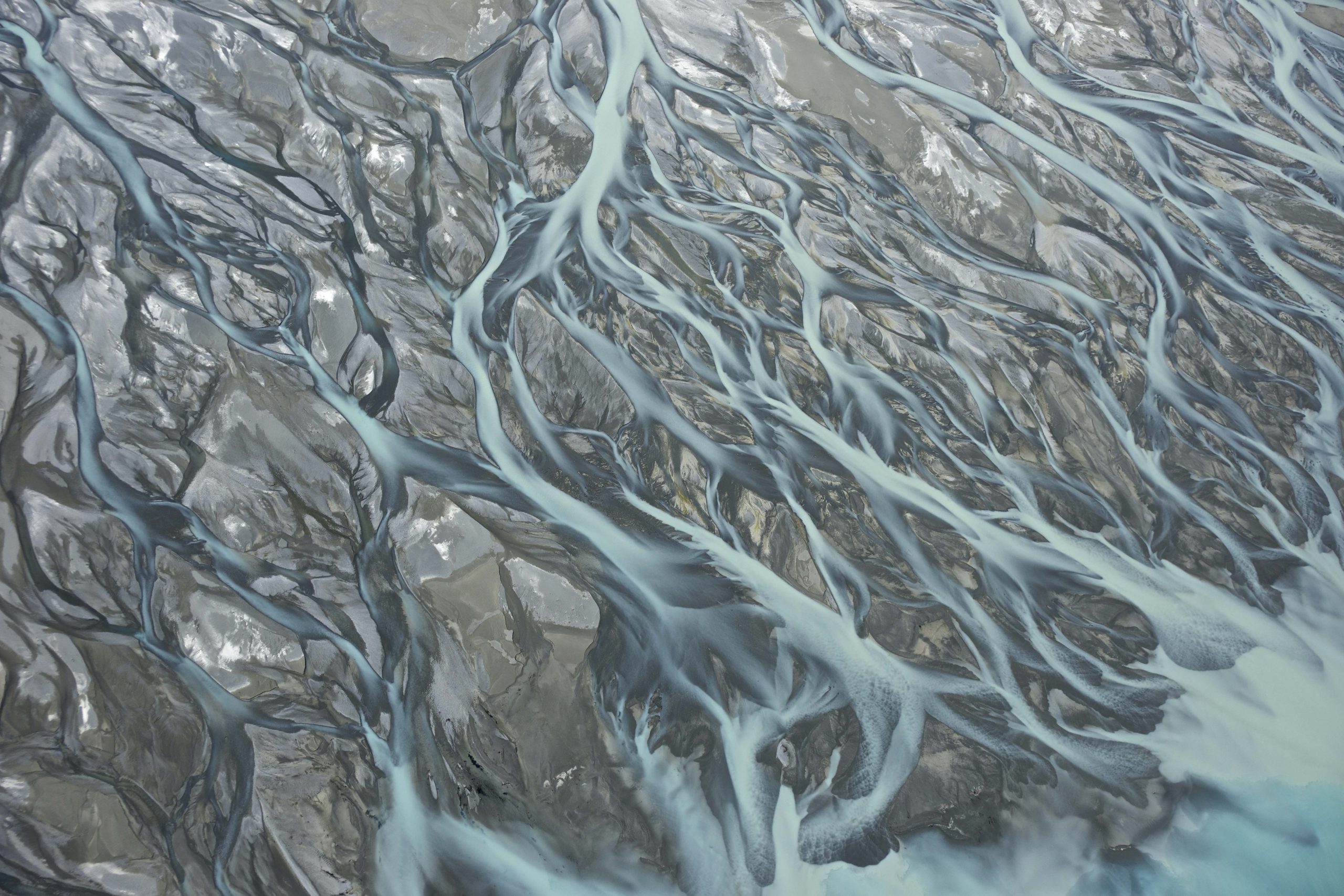The Whanganui River (Te Awa Tupua)

The first legislative recognition of a river as a legal person occurred in New Zealand in March 2017, when the Whanganui River (Te Awa Tupua) was declared to be a legal person as a result of a Treaty of Waitangi settlement between the government of New Zealand and the Māori people of the Whanganui Iwi (tribe).
The Whanganui River is the third-longest river in Aotearoa New Zealand (290 km). The River flows from Tongariro mountain in central New Zealand’s Central in North Island and flows to the north-west before turning south-west at Taumarunui running through the rough, bush-clad hill country of the King Country before turning south-east and reaching the coast at Whanganui.
The Te Awa Tupua (Whanganui River Claims Settlement) – Act 2017 declares that the Whanganui River – the river and all its physical and metaphysical elements and indivisible and, – living whole is a legal person with “all the rights, powers, duties, and liabilities” of a legal person.
The Act also devises a complicated collaborative governance regime, presided over by a guardian (Te Pou Tupua), to act as the “human face of the river” in the interests of the river and if necessary, enforce its rights. Te Urewera Forest is also recognised as a legal person under the Te Urewera Act 2014, as part ofresulting from a Treaty of Waitangi settlement with the Ngāi Tūhoe Iwi;. The forest comprising 820 square miles of forests, lakes, and rivers — in a former national park.

